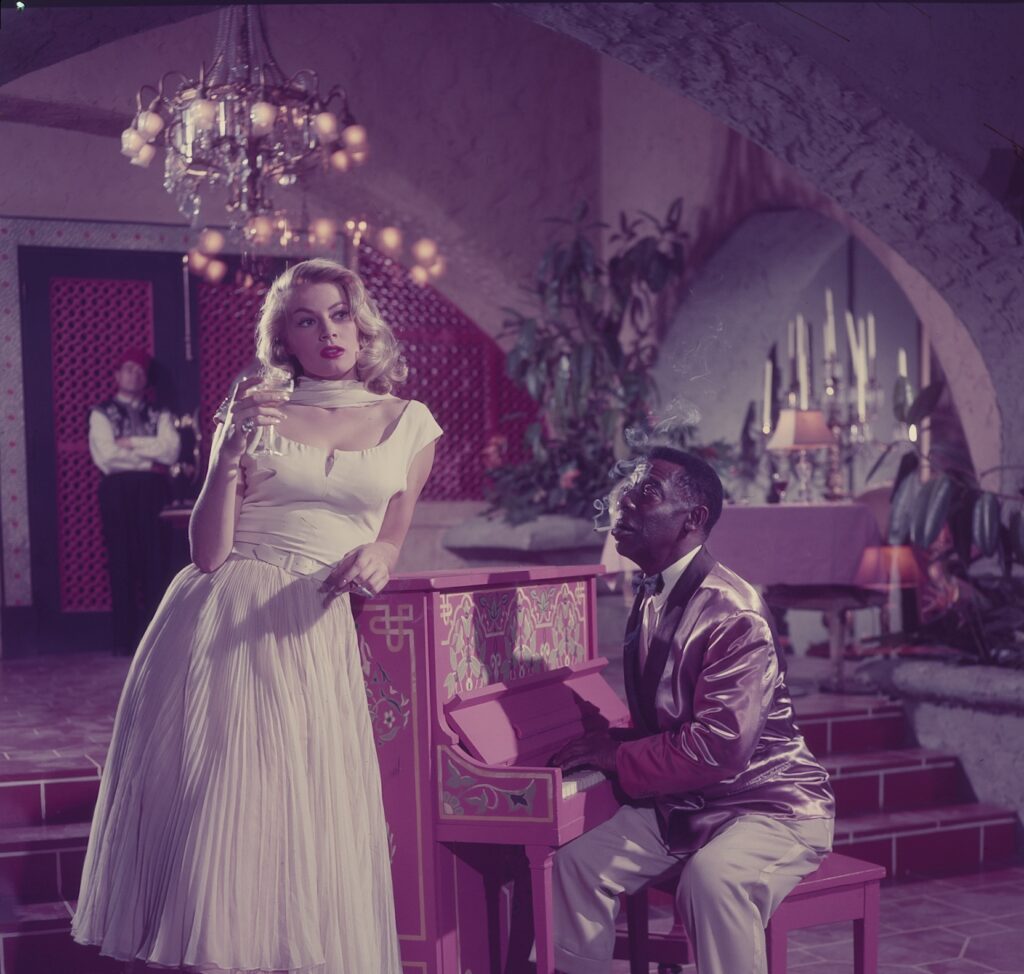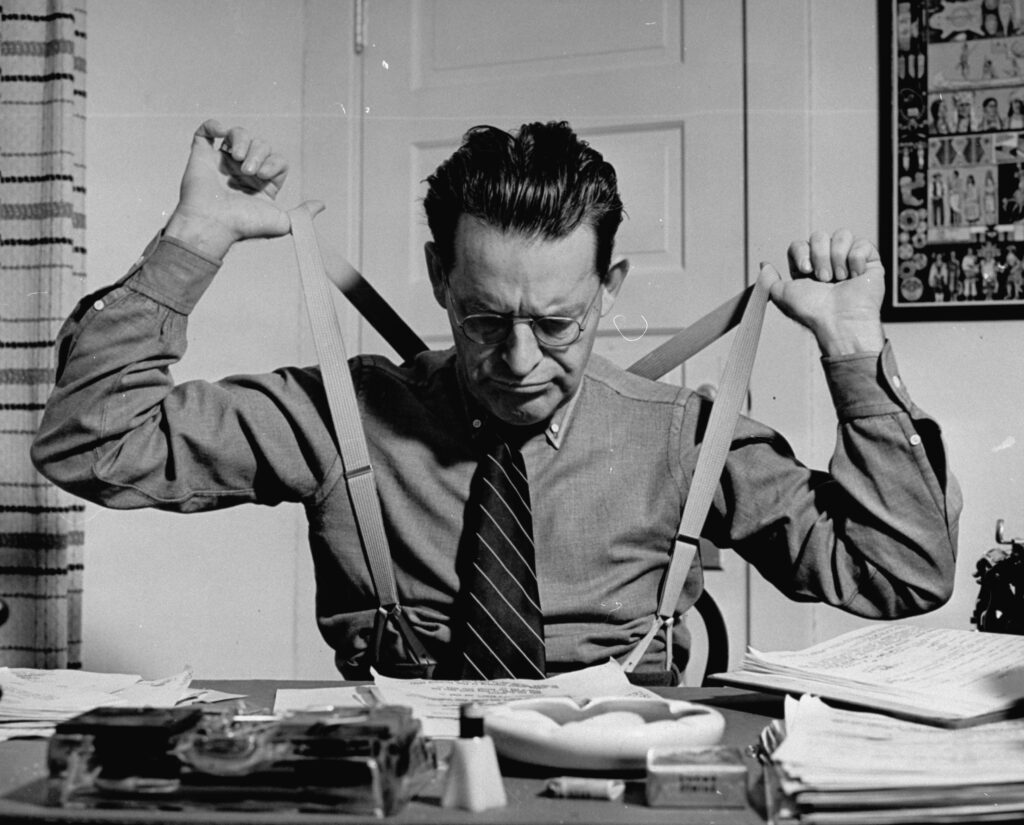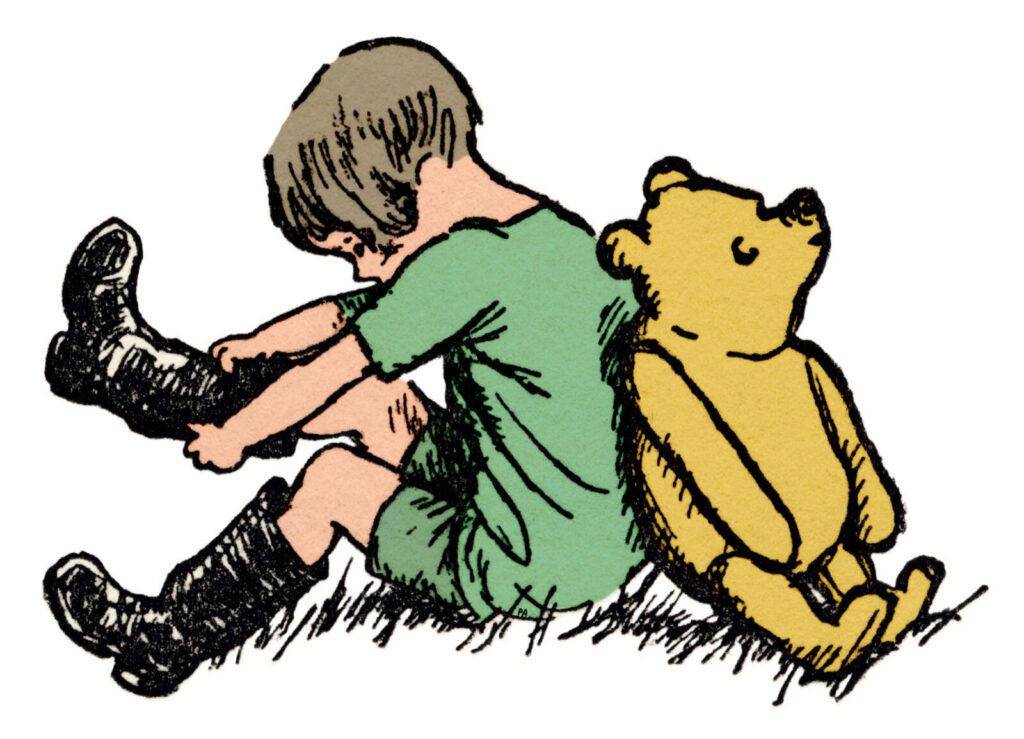In its April 18, 1955 issue LIFE magazine reported on—with a fair amount of concern—the onset of the defining evolution of popular music in the 20th century. The story was titled “Rock ‘N Roll: A Frenzied Teenage Music Craze Kicks Up a Big Fuss.“
Here’s how LIFE described what the “big fuss” was all about:
The nation’s teenagers are dancing their way into an enlarging controversy over rock ‘n roll. In New Haven, Connecticut the police chief has put a damper on rock ‘n roll parties and other towns are following suit. Radio networks are worried over questionable lyrics in rock ‘n roll. And some American parents, without quite knowing what it is their kids are up to, are worried that it’s something they shouldn’t be.
But like it or not, rock and roll was here to stay. Standing in the heart of the moment, LIFE saw dancing as a big part of the new music’s appeal. The magazine, grasping to connect this revolutionary moment to the recent past, described rock and roll dancing as “a combination of “the Lindy and the Charleston, and almost anything else.” The story, shot by staff photographers Walter Sanders and Loomis Dean, had more pictures of kids dancing than of musicians performing. One of the shoots took place at the dance studio of Arthur Murray, where kids demonstrated their new moves.
LIFE acknowledged the roots of this new music, saying “The heavy-beat and honking-melody tunes of today’s rock ‘n roll have a clearly defined ancestry in U.S. jazz going back to Louis Armstrong and Bessie Smith of 30 years ago.” The broader market was now turning to a style of music that first became popular in the Black community because record companies had been focussing on “mambos and ballads,” and as a result “the country’s teenagers found themselves without snappy dance tunes to their taste.”
Some adults fretted over lyrics that seemed to be laden with innuendo and double meanings. But even as the LIFE article adopted the tone of a worried parent, the pictures in the magazine told another story. The photos showed exuberance and joy. And by today’s standards, everything looks extremely proper. The main concert photos feature the great Fats Domino, who is wearing a suit and playing a grand piano. The young fans are dressed as if they were going to a formal occasion, without any jeans or T-shirts in sight.
It’s mind-boggling to think that a mere 14 years from when this story ran, rock fans would be mucking around in the mud at Woodstock. But there was no stopping it at this point. The revolution was on, and it was coming fast.

Teenagers demonstrated their rock music dance moves for Arthur Murray and his wife, in background, at Murray’s dance studio.
Walter Sanders/Life Picture Collection/Shutterstock

Arthur Murray and wife (in the background to the left) enjoyed a demonstration by teen-agers of rock`n roll dancing, 1955..
Walter Sanders/Life Picture Collection/Shutterstock

Young dancers from a 1955 story on rock music.
Walter Sanders/Life Picture Collection/Shutterstock

A couple dancing from a story on rock music, 1955.
Walter Sanders/Life Picture Collection/Shutterstock

A young couple danced to rock music, 1955.
Loomis Dean/Life PIcture Collection/Shutterstock

Pioneering rock DJ Allen Freed did a show from a studio in Boston, 1955.
Walter Sanders/Life Picture Collection/Shutterstock

A sign for an early rock show presented by pioneering DJ Allan Freed, 1955.
Walter Sanders/Life Picture Collection/Shutterstock

Teenagers danced to rock music being spun by DJ Al Jarvis in the parking lot of a Los Angeles supermarket, 1955.
Loomis Dean/Life Picture Collection/Shutterstock

Audience members enjoying Alan Freed’s Easter show at Brooklyn Paramount Theater, 1955.
Walter Sanders/Life Picture Collection/Shutterstock

Saxophonist Herbert Hardesty (center), a member of Fats Domino’s band, let loose at 54 Ballroom in Los Angeles, 1955.
Loomis Dean/Life Picture Collection/Shutterstock

Fats Domino’s band performed in Los Angeles, 1955.
Loomis Dean/Life Picture Collection/Shutterstock

Fats Domino’s band rocked out in Los Angeles, 1955.
Loomis Dean/Life Picture Collection/Shutterstock

Fats Domino in concert in Los Angeles, 1955.
Loomis Dean/Life Picture Collection/Shutterstock

Fats Domino and his band performed in Los Angeles, 1955.
Loomis Dean/Life Picture Collection/Shutterstock

Young dancers from a 1955 story on rock music.
Walter Sanders/LIfe Picture Collection/Shutterstock

A show from the early days of rock and roll, 1955.
Loomis Dean/Life Picture Collection/Shutterstock
























